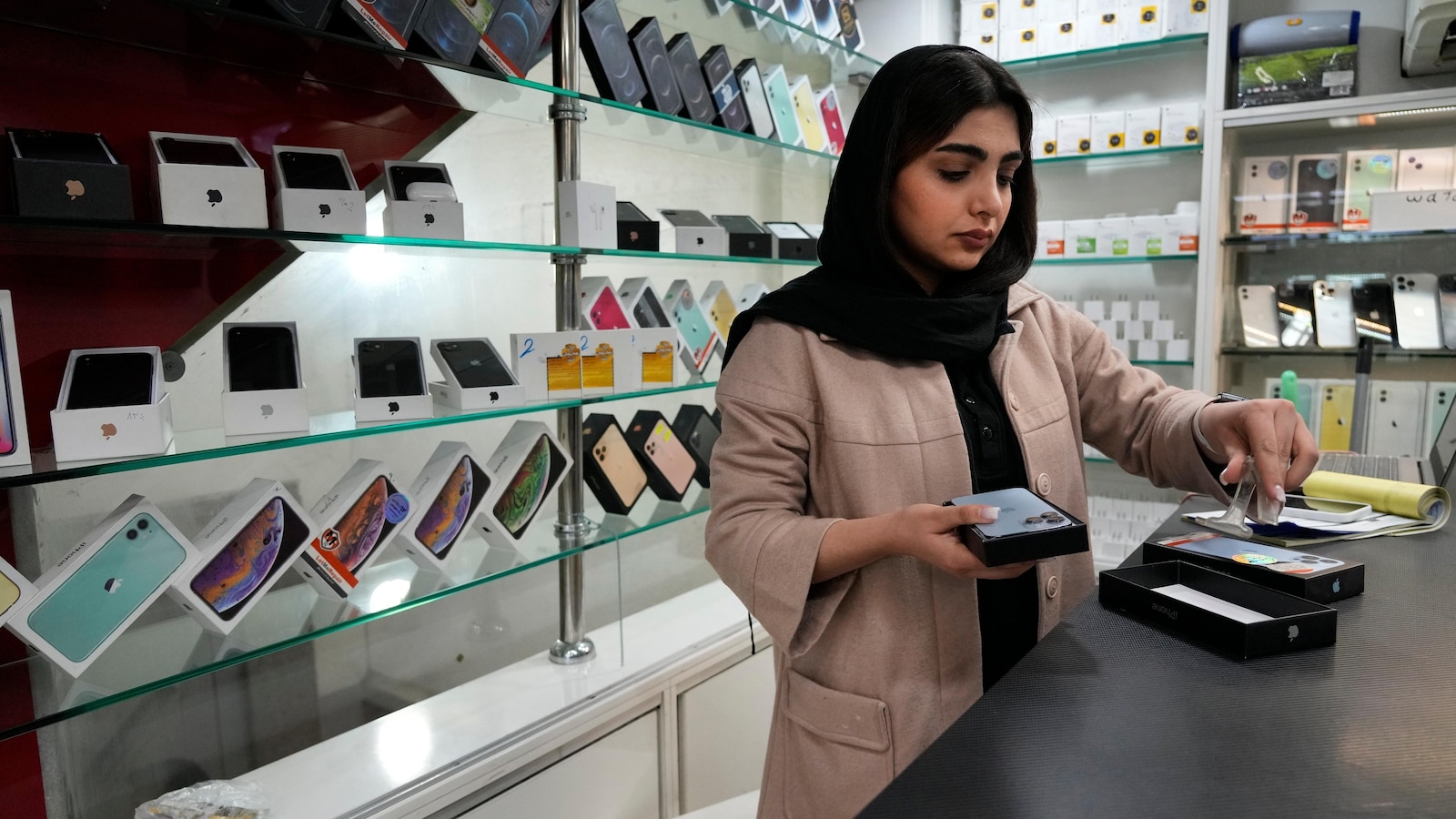A New Era for iPhone Users in Iran
The Iranian Minister of Telecommunications, Sattar Hashemi, revealed that the issues surrounding the registration of new iPhone models have been resolved. This decision comes with the backing of President Masoud Pezeshkian, who has supported the Ministry of Communications’ efforts to facilitate the entry of these devices into the country.
While specific details regarding the import measures are yet to be announced, this move is expected to enhance the availability of Apple’s latest technology in a market where iPhones have long been regarded as a status symbol, particularly among the youth.
Historical Context of iPhone Restrictions
The ban on new iPhone models had been in effect since 2023, preventing the importation of devices like the iPhone 14 and 15. During this period, any iPhone models brought into Iran would stop functioning on the state-controlled mobile network after one month. This restriction led to a rise in a parallel economy for older models, particularly the iPhone 13, which remained in demand despite the limitations.
According to government statistics, prior to the ban, iPhones accounted for nearly one-third of Iran’s $4.4 billion mobile phone import market. The desire for iPhones among Iranians persisted, as many viewed the devices as a symbol of modernity and prestige.
Economic Implications of the Ban
The longstanding restrictions on iPhone imports are indicative of broader economic challenges facing Iran, exacerbated by decades of Western sanctions. The depreciation of the Iranian rial prompted many to invest in physical goods, such as smartphones, as a means of safeguarding their wealth. The inflated prices of older handsets reflected the demand for Apple’s products amidst the ongoing economic crisis.
In 2020, Iran’s Supreme Leader Ayatollah Ali Khamenei criticized the import of iPhones, labeling it as part of the dangerous trend of excessive imports of luxury goods. He highlighted concerns over the allocation of substantial financial resources—reportedly around half a billion dollars—toward importing American luxury smartphones, a sentiment that has fueled ongoing debates about consumer choices in the context of national pride and economic sovereignty.
Competition from Other Brands
While the return of the iPhone to Iranian shores is eagerly anticipated, it is essential to note that other smartphone brands have continued to thrive in the market. Companies like Motorola, Samsung, Nokia, Xiaomi, and Huawei have maintained a strong presence, offering a variety of options for consumers seeking modern technology without the complications associated with Apple products.
What’s Next for iPhone Enthusiasts in Iran?
As Iran prepares for the arrival of the iPhone 14, 15, and 16, tech enthusiasts are buzzing with excitement over the potential of accessing the latest features and innovations from Apple. With the registration issues reportedly resolved, it is only a matter of time before these coveted devices become available, revitalizing the smartphone landscape in Iran.
In conclusion, the lifting of the ban on new iPhone models signifies a crucial shift in Iran’s approach to foreign technology and reflects a growing demand among consumers for access to modern gadgets. As the Iranian market opens up to the latest iPhones, the implications for both tech consumers and the economy at large will be closely watched in the months to come.

